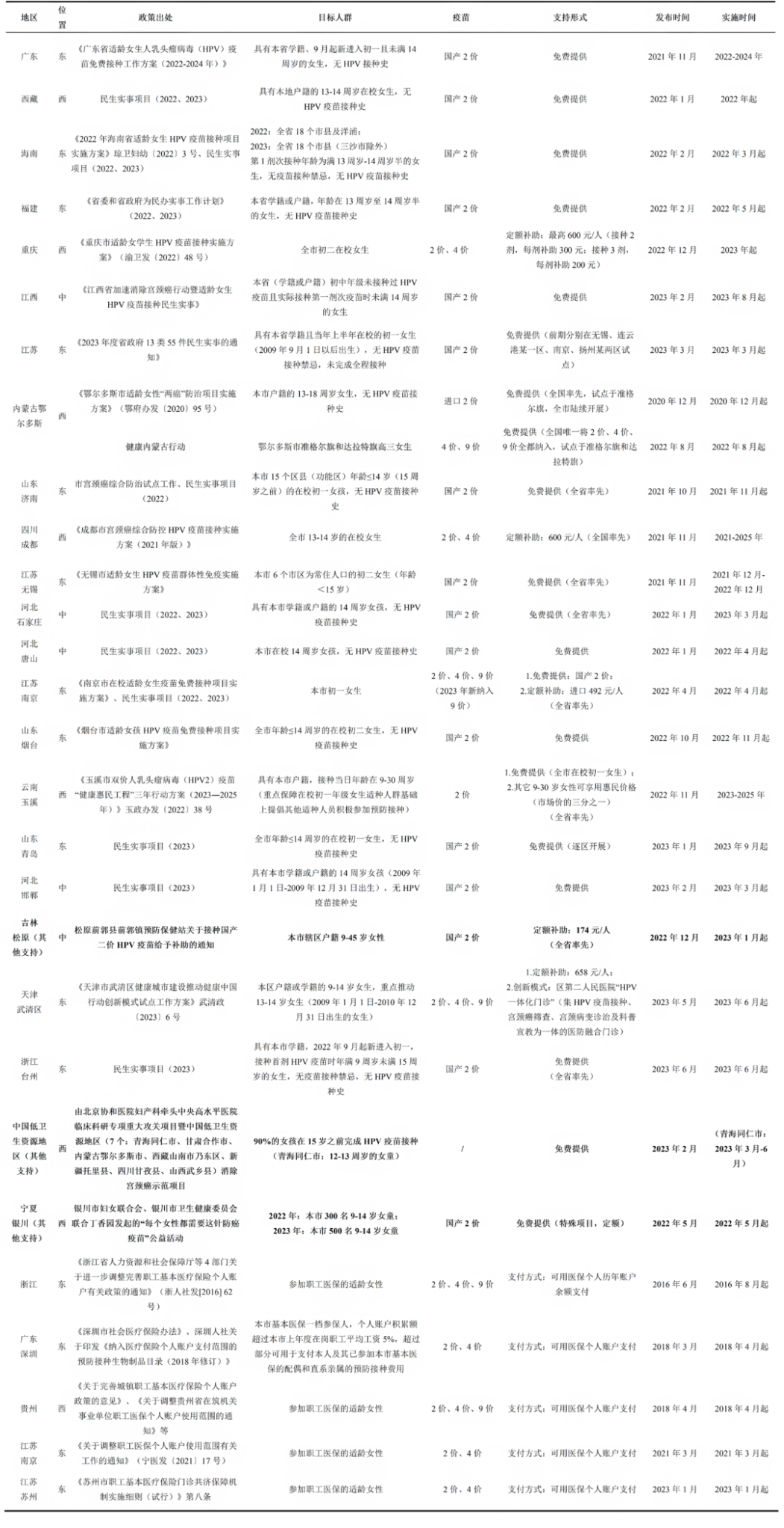Rotavirus gastroenteritis (RVGE) remains a significant global public health challenge, posing a serious threat to children under five years of age and accounting for approximately 200,000 deaths annually. China bears a substantial burden of RVGE-associated disease, complicating prevention and control efforts. Given the absence of specific antiviral treatments for rotavirus, vaccination stands as the most effective strategy for preventing RVGE.
The widespread global adoption of rotavirus vaccines has led to a remarkable reduction in RVGE-related mortality (76%), rotavirus prevalence (40%), and hospitalizations due to rotavirus infection (59%). Since 2009, the World Health Organization (WHO) has recommended the inclusion of rotavirus vaccines in all national immunization programs for infants and young children. However, in China, the rotavirus vaccine remains a non-National Immunization Program vaccine with suboptimal uptake. Expanding its use and introducing it into national immunization programs are critical steps toward reducing the disease burden of childhood RVGE, mitigating regional disparities, and advancing health equity.
This evidence pool consolidates major domestic and international research findings and empirical data pertaining to rotavirus vaccines. It comprehensively examines key aspects, including expert consensus recommendations on immunoprophylaxis against rotavirus disease, the epidemiology of rotavirus infection, associated disease and economic burdens, as well as the immunogenicity, efficacy, and safety profiles of available vaccines. Furthermore, we also include economic evaluations of vaccination strategies, the intro status of rotavirus vaccines in other countries, determinants of vaccine acceptance and uptake behaviors, and intervention strategies for expanding the rotavirus vaccine usage.
The overarching objective of this evidence pool is to establish a robust evidence base to inform policy making, guide public health education initiatives, and optimize immunization programs. By enhancing vaccine coverage, this work seeks to contribute to improved population health outcomes.





